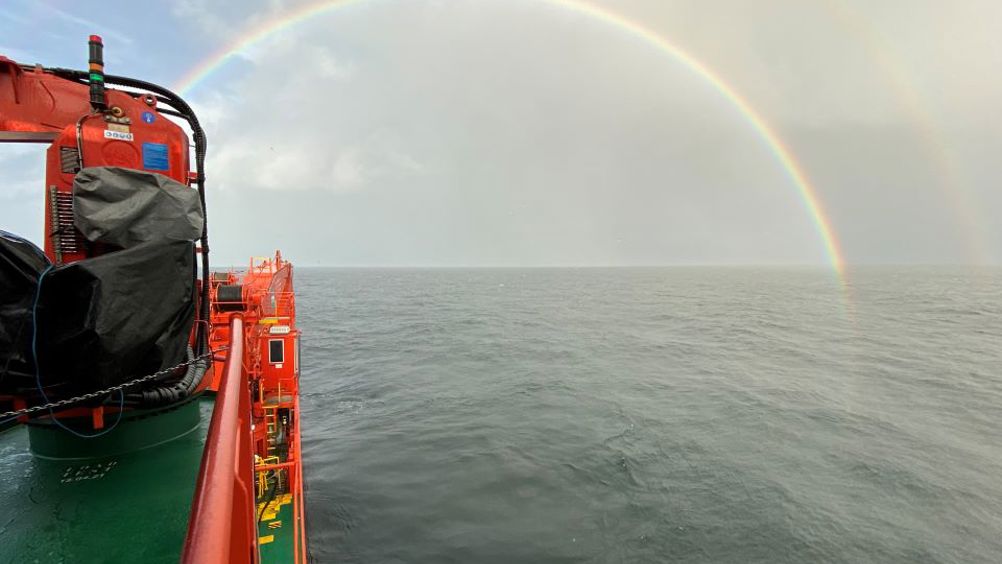Sea trials plot course for autonomous subsea survey vessels
A company developing the world’s first fleet of autonomous low-impact subsea vehicles for acquiring seismic data from the ocean floor has successfully conducted a series of trials.

The UK’s Blue Ocean Seismic Services has developed the ‘nodes’ to acquire high-quality imaging (OBS) data from the ocean floor for the development of carbon capture and storage (CCS) projects, offshore wind farms and oil & gas fields.
The company, which has received backing from bp Ventures, Woodside Energy and Blue Ocean Monitoring, said their underwater vehicles will make offshore seismic surveys more affordable, faster, safer, more environmentally friendly and less carbon intensive.
The autonomous ocean bottom seismic robotic vehicle (OBSrV) nodes ‘fly to their set location, land on the seabed, upon command relocate to another position and land, and then finally resurface for recovery,’ explained Simon Illingworth, managing director & CEO, Blue Ocean Seismic Services.
“It is essential that the node couples well to the seabed and doesn’t move in currents,” he added. “Typically, this is done by making them heavy, but we need them as light as possible to be able to ‘fly’”.
Register now to continue reading
Thanks for visiting The Engineer. You’ve now reached your monthly limit of news stories. Register for free to unlock unlimited access to all of our news coverage, as well as premium content including opinion, in-depth features and special reports.
Benefits of registering
-
In-depth insights and coverage of key emerging trends
-
Unrestricted access to special reports throughout the year
-
Daily technology news delivered straight to your inbox










Water Sector Talent Exodus Could Cripple The Sector
Well let´s do a little experiment. My last (10.4.25) half-yearly water/waste water bill from Severn Trent was £98.29. How much does not-for-profit Dŵr...